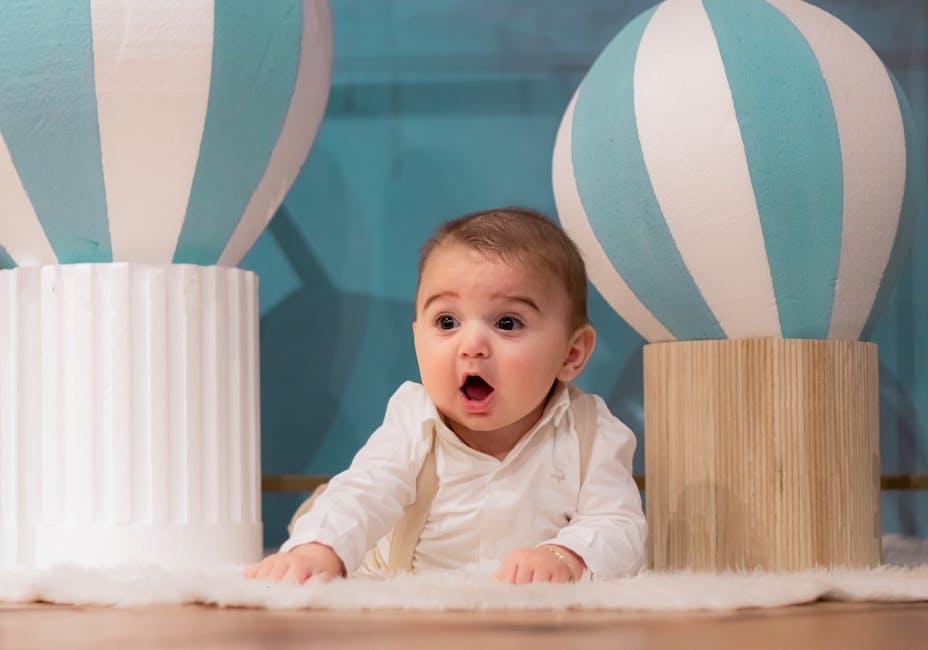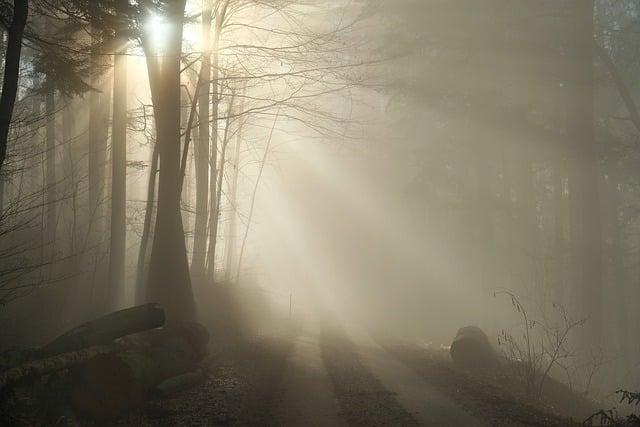In the heart-pounding world of action cinema, where adrenaline meets artistry, the debate over the use of practical effects versus CGI has become a thrilling spectacle of its own. As filmmakers push the boundaries of what’s possible on screen, audiences are left to ponder: does the authenticity of practical effects hold more sway than the digital magic of CGI? This article delves into the captivating clash between the tactile reality of stunts and explosions and the limitless possibilities of computer-generated imagery, exploring whether the raw, visceral energy of practical effects should reclaim its spotlight in the modern action sequence.
Balancing Artistry and Technology in Modern Action Scenes
In the dynamic world of cinema, the interplay between artistry and technology shapes the way audiences experience action sequences. Practical effects offer a tangible, visceral authenticity that CGI sometimes struggles to replicate. The use of real stunts, explosions, and physical set pieces can evoke genuine awe and excitement, grounding the audience in a palpable reality. Yet, integrating practical effects requires meticulous planning and can often inflate budgets and extend production timelines.
On the other hand, CGI provides filmmakers with boundless creative possibilities, allowing for the depiction of fantastical worlds and scenarios that practical effects alone cannot achieve. It offers flexibility and safety, reducing the risks associated with dangerous stunts. However, over-reliance on CGI can sometimes lead to visuals that feel detached from reality. Striking the right balance might involve:
- Combining both techniques to enhance realism while maintaining creative freedom.
- Utilizing CGI to complement and augment practical effects rather than replace them.
- Emphasizing story and character to ensure that the spectacle serves the narrative.
Ultimately, the magic lies in harmonizing these elements, ensuring that neither artistry nor technology overshadows the other, but instead works in concert to create breathtaking cinematic moments.

Exploring the Authenticity of Practical Effects in Film
The charm of practical effects lies in their tangible realism and the artistry involved in crafting them. While CGI can create vast, imaginative worlds, there’s something inherently authentic about a stunt performed by a real person or an explosion that physically occurs on set. This authenticity can enhance the audience’s emotional connection, grounding them in the film’s reality. Practical effects demand meticulous planning and execution, often resulting in breathtaking sequences that stand the test of time.
- Realism: Audiences can often discern the subtle differences between digital and physical effects, with practical effects providing a more immersive experience.
- Craftsmanship: The skill involved in creating practical effects showcases the dedication and creativity of filmmakers.
- Safety and Innovation: While practical effects may pose certain challenges, they often drive innovation in stunt work and safety measures.
In a landscape dominated by CGI, integrating more practical effects could offer a refreshing return to the visceral, hands-on filmmaking that many cherish. Balancing both techniques might just be the key to creating action sequences that are both visually stunning and emotionally resonant.

Evaluating CGIs Role in Enhancing or Hindering Storytelling
In the ever-evolving landscape of cinema, the integration of CGI in action sequences has become both a boon and a bane. Computer-generated imagery offers filmmakers the ability to create stunning visuals that are often impossible to achieve with practical effects alone. This technological advancement allows for imaginative worlds and dynamic scenes that can captivate audiences. However, reliance on CGI can sometimes detract from the visceral authenticity that practical effects bring to storytelling.
Consider the following points when evaluating CGI’s impact on storytelling:
- Immersion: Practical effects can ground a scene in reality, offering tangible interactions that resonate more deeply with viewers.
- Creativity: CGI can enhance creative freedom, allowing for the realization of scenes that defy the laws of physics.
- Budget and Time: Practical effects often require more resources and time, while CGI can streamline production but may lead to overuse and visual fatigue.
Ultimately, the balance between CGI and practical effects is crucial. Filmmakers must weigh the narrative needs and artistic vision to determine the most effective method for storytelling, ensuring that the chosen approach enhances rather than hinders the audience’s experience.

Practical Recommendations for Filmmakers: A Blend of Tradition and Innovation
Striking a balance between traditional techniques and modern technology can enhance the authenticity and impact of action sequences. Practical effects, such as real stunts and physical set pieces, offer a tactile realism that CGI often struggles to replicate. Filmmakers should consider the following:
- Leverage Real Stunts: Utilize professional stunt performers to execute complex maneuvers, adding a layer of authenticity and excitement.
- Embrace Miniatures and Models: Incorporate detailed miniatures for large-scale destruction scenes, creating a tangible sense of scale.
- Integrate Practical and CGI: Use CGI to enhance rather than replace practical effects, ensuring a seamless blend that maintains audience immersion.
Innovative storytelling can emerge from the creative use of both methods. By thoughtfully integrating practical effects with CGI, filmmakers can craft sequences that resonate more deeply with audiences, offering a viewing experience that feels both fresh and grounded in reality.

